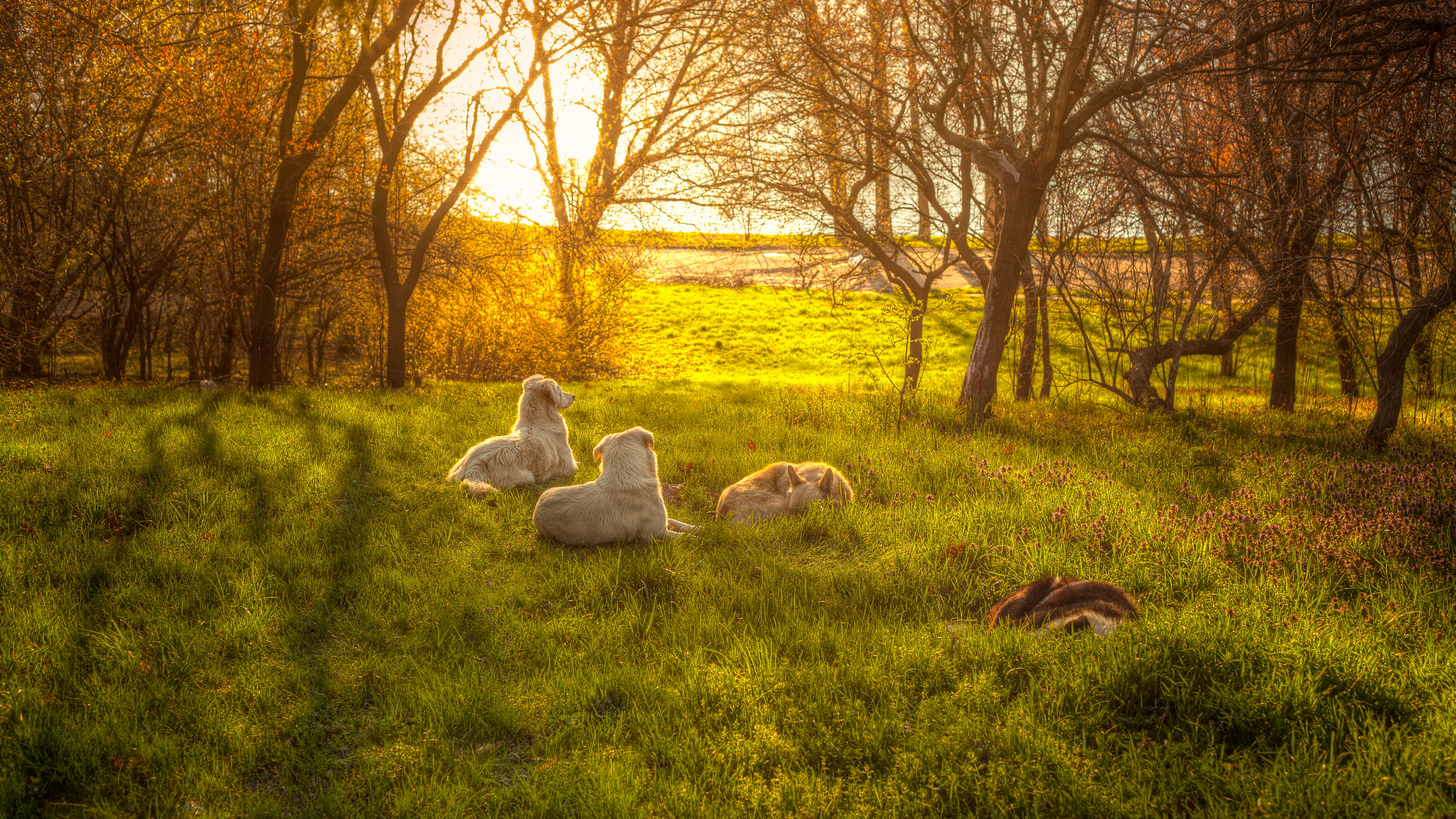Beatrix Potter and the sale of Peter Rabbit
Children have been reading and enjoying Beatrix Potter books since 1902. You may recognize some of the more popular stories, such as Peter Rabbit and Benjamin Bunny. Most of her other stories use a similar template based on animal characters interacting as humans that have drawn comparisons to Aesop’s fables. Potter, however, had a very specific and somewhat different view of her own books.
The books, from the illustrations to the stories, were created, developed and controlled solely by Beatrix Potter. She drew all of her own pictures of her and even received some praise for her attention to detail and accuracy, which was considerably knowledgeable for a woman in the early 20th century.
He would use elements of his personal life frequently in his books. The animal illustrations were characters based on pets and other animals that she had interacted with. Her scenarios would be drawn from her surroundings. Themes and plots from her personal life often found their way into the stories. In one case, for example, The Tale of Ginger and Pickle was about running a business. It was during this period of her life that Potter immersed herself in business and marketing to sell her books.
Potter also frequently used recurring characters in many of his stories. The Tale of the Flopsy Bunnies featured his most popular character, Peter Rabbit, but not as a main character. Peter Rabbit really only had one cameo. Benjamin Bunny, who was Peter Rabbit’s cousin, also played the title character in The Tale of Benjamin Bunny. This was an effective form of cross-promotion, however Potter did this in every story, as evidenced in The Tale of Pigling Bland.
The Potter books were so influential that the premise of one of their stories was borrowed by the author from the popular Winnie the Pooh stories. In Potter’s story an animal eats itself glued. Later, a version of this can be seen clearly similar in a Winnie the Pooh book. None other than Walt Disney himself also took an interest in Potter’s writing. He had bought the rights to both The Wind in the Willows and Winnie the Pooh, however when he made Potter an offer, she turned it down, opting to retain full control of her works.
